National Parks Tours With Road Scholar
North America is graced with some of the most incredible natural phenomena in the world, and the best of that is captured in the 106 national parks in the U.S. and Canada. From the ancient geysers of Yellowstone to the mist-filled forests of the Great Smoky Mountains to the awe-inspiring vastness of the Grand Canyon, the national parks exemplify the North American wilderness in its rawest, most awesome form.
The national parks in Canada and the U.S. attract nearly 900,000 visitors a day, but how many of those visitors get the full experience? With Road Scholar, you'll have the benefit of expert instructors who can lead you off-the-beaten path to hidden groves and secret viewpoints. With decades of experience, they can teach you little-known facts and show you the national parks as they're meant to be experienced - as part of your life's journey.
To learn more about travel to North America's national parks, to discover the best national parks in the U.S. and Canada and to hear the history of the U.S. National Park Service, you've come to the right place.

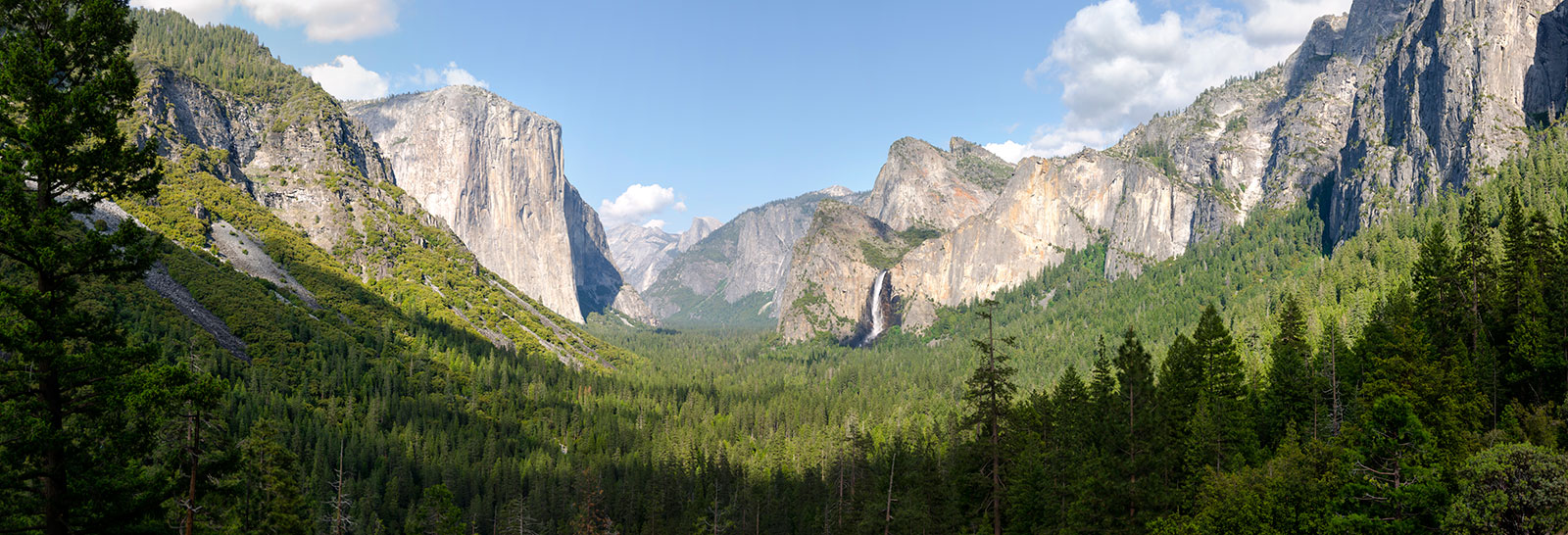
National Parks Fast Facts
About the National Park Service
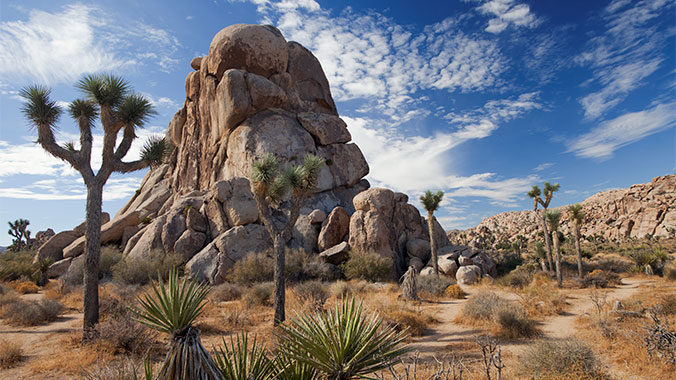
The National Park Service celebrated its 100th anniversary in 2016! But what exactly does the NPS do? The agency is tasked with managing, maintaining and conserving all 63 U.S. National Parks along with 350 other federal sites. They preserve national history, conserve natural beauty and care for communities across the country.
Before the National Park Service, the future of our national parks was dire. Yellowstone, the first national park, was established in 1872 but the National Park Service wasn't formed until 1916. In the interim, Yellowstone and all the other parks were governed independently and with little success. Yellowstone was mismanaged in turn by the federal regulators, a civilian staff and the U.S. Army before prominent businessman Stephan Mather intervened. Alarmed by the exploitative opportunists, poachers, and robbers that were plaguing the park, he pleaded the case of Yellowstone to Secretary of the Interior Franklin Lane. For the ongoing protection and prosperity of the parks, he decided to form a new federal agency dedicated to preserving the purity of our national parks. The National Park Service was created, they saved Yellowstone and 100 years later our National Parks are still thriving.
Getting a National Park Pass

If you're a national park aficionado or if you're looking to start your national park adventures, you might be wondering - is there a national park pass? You're in luck! The National Park Annual Pass grants entry to every U.S. national park, forest, grassland and any other Federal Recreational Land, and it covers all amenity and day use fees! Be sure to check out the Senior Pass for U.S. citizens or residents over 62. Learn more here.
Also, keep in mind that all entrance fees are included in the price of a National Park program with Road Scholar.
Parks Canada offers passes that allow unlimited access to a national park for one year. However, in 2017, park entrance fees will be waived in Canada to celebrate the country's sesquicentennial!
“This program gave me a new lease on life – sharing vigorous activity with people of my age sharing the pleasures and challenges of growing older.”
— Margaret from Wheaton, IL | Class of 2016 —
Best Times to Visit National Parks
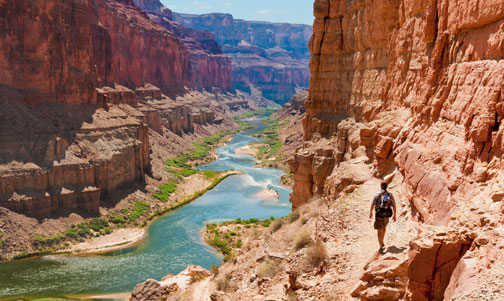
The best time to visit the National Parks in the U.S. or Canada is October. This autumn month offers a sweet spot between high and low season when there are fewer people in the parks, but the chance for good weather is still high. Smaller crowds mean lower rates for hotels, and the lovely weather is accompanied by active wildlife and brilliant foliage in many of the national parks across the U.S. and Canada.
However, many national parks can be visited year-round-like those in Hawaii or California. Others are at their most beautiful with a fresh layer of snow, and still others are best seen when their native fields of flowers are in full bloom.
But really, aside from running into a serious snow storm up north or a miserable heat wave in the national parks of the southern U.S., there's really not bad time to visit the national parks. The best time is now.
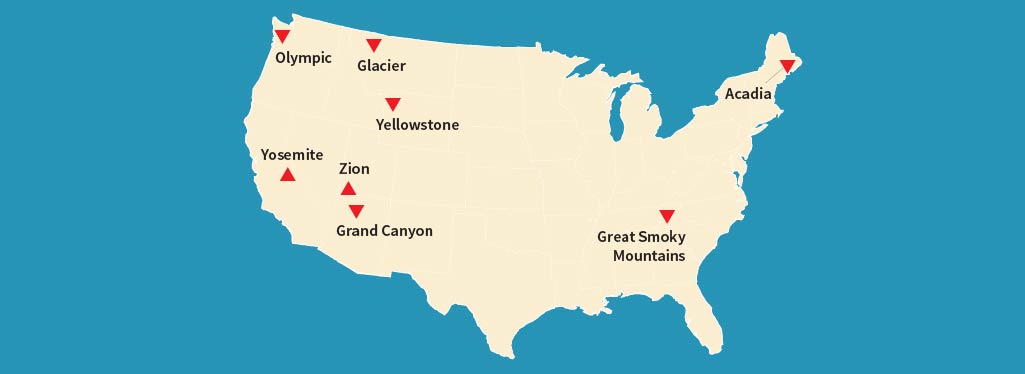
Best National Parks
All 63 National Parks hold something unique, inspirational and breathtaking. But these parks are the best of the best. If you’re looking to experience the finest our National Parks have to offer, look no further.
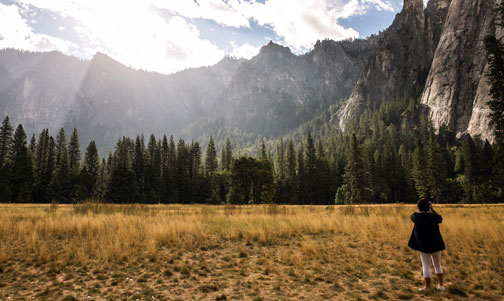
The glacier-carved valleys, mighty sequoia groves and cascading waterfalls of Yosemite National Park are a testament to the true power of nature. Half Dome and El Capitan tower over a vast and pristine wilderness that boasts 800 miles of hiking trails begging to be explored.

The Yellowstone Caldera is literally bursting with geothermal phenomenon. Old Faithful’s eruptions are legendary, and the park’s brightly colored hot springs and boiling mud pots add to the park’s otherworldly mystique. The Grand Canyon of the Yellowstone is full of dramatic waterfalls, and the park’s rugged mountain ranges are home to remarkable wildlife like gray wolves, grizzly bear and elk.
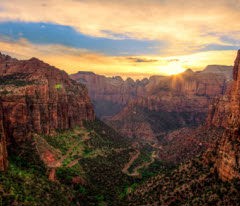
The orange and pink sandstone cliffs, rich green vegetation, and brilliant blue skies of Zion National Park combine to paint a gorgeous natural masterpiece. Narrow slot canyons and natural arches form an enchanting maze, and grand mesas and rock towers create a desert landscape that has to be seen to be believed.
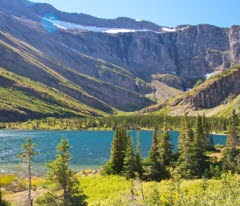
Snow-capped peaks rise above serene lakes and alpine meadows. The park’s lush mountain forests are packed with hiking trails and quaint lodges and chalets. And most importantly, the park’s 26 glaciers dominate the landscape. Glacier National Park is home to truly incredible mountain vistas as well as some of the world’s best-preserved sedimentary fossils.
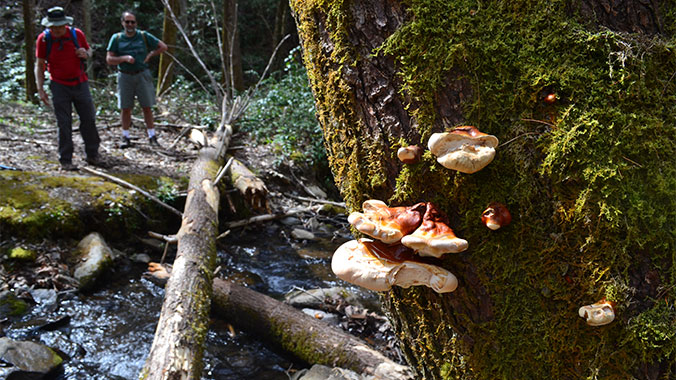
Gazing upon the Great Smoky Mountains is like looking out a vast ocean — mountain ridges rise and fall on the horizon, the mist ebbs and flows between rolling valleys, and instead of ocean blue, the tree-laden mountains are forest green. America’s most visited National Park is home to over 5,000 plant species and boasts over 800 miles of scenic hiking trails, including a section of the Appalachian Trail.
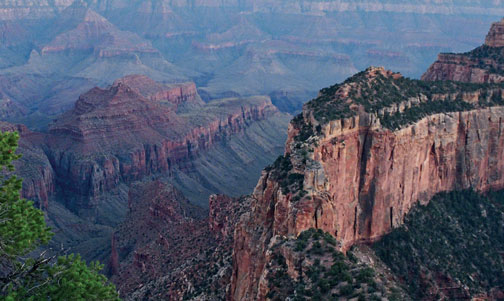
The Grand Canyon is a spectacle unlike anything else on Earth. At 277 miles long, up to 18 miles across and a mile deep, the canyon is jaw-dropping for its size alone. Add in the multi-hued canyon walls, fantastic rock formations, and the mighty Colorado River and it makes the Grand Canyon a truly can’t-miss national park.
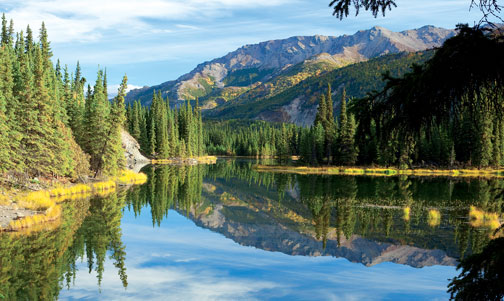
The showers and untamed rivers of the Pacific Northwest have let the region’s old-growth forests to flourish into an emerald sea of rich vegetation and incredible wildlife. This wildly diverse national park includes the alpine slopes of Mount Olympus, a plethora of lush rainforests and the rugged Pacific shoreline. At nearly one million acres and with a massive network of interconnecting trails, the vast Olympic National Park is a hiker’s dream come true.

The best of Maine’s pristine wilderness is encapsulated in Acadia National Park. Boasting coastal islands teeming with life, a shoreline graced with dramatic cliffs and the tallest mountain on the U.S. Atlantic coast, Acadia National Park is a stunning to behold. There’s plenty of hiking and exploration to be had among the park’s rugged granite peaks and peaceful woodlands.
“This program provides a sampling of some of the most extraordinary and beautiful landscapes our country has to offer. It was natural beauty on steroids!”
— Marilyn from Columbus, OH | Class of 2016 —
History of National Parks
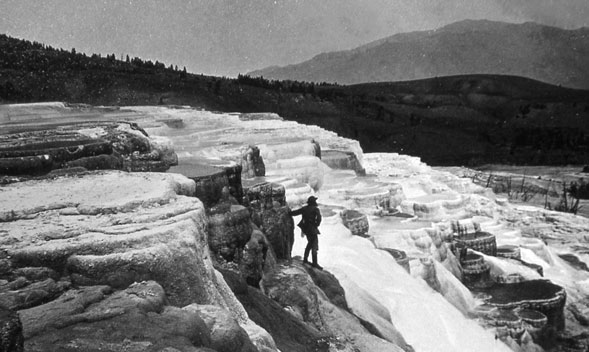
Ulysses S. Grant signs the Yellowstone National Park Protection Act, establishing Yellowstone as the world's first national park.
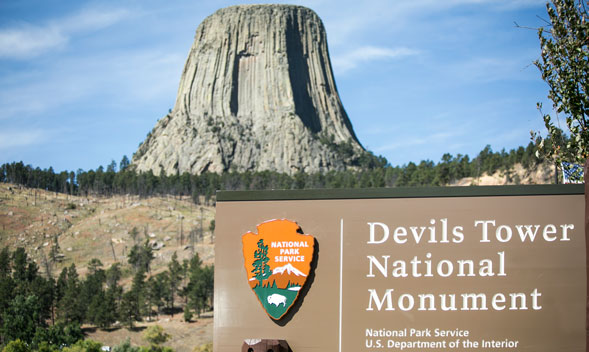
Signed on June 8th, the Antiquities Act authorizes the President to designate national monuments. On September 24th of that same year, Roosevelt declares Devils Tower as the first National Monument, and by December, three more National Monuments were created (El Morro in New Mexico and Montezuma Castle and the Petrified Forest, both in Arizona).
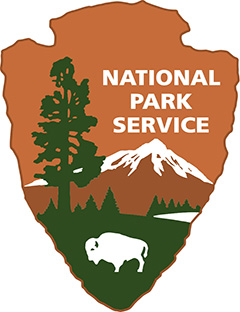
Congress passes the Organic Act, establishing the National Park Service and placing all existing parks under its management.
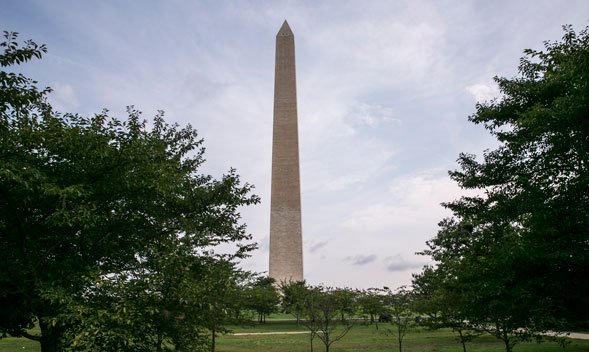
Executive orders bring parks and monuments from the War Department, the Forest Service and those in the nation's capital under management of the National Park Service during a massive reorganization project.

The Preservation Historic Sites Act is signed, making historic preservation a priority for the U.S. and the parks department. It declared for the first time "that it is a national policy to preserve for public use historic sites, buildings, and objects of national significance."

Mission 66 was a ten-year project initiated by the National Parks Department to build and upgrade visitor facilities, roadways and resources for the national parks in preparation for its 50th anniversary. Sites such as Clingman's Dome observation tower in the Great Smoky Mountains National Park were constructed with the intent to increase visitor traffic to the parks.
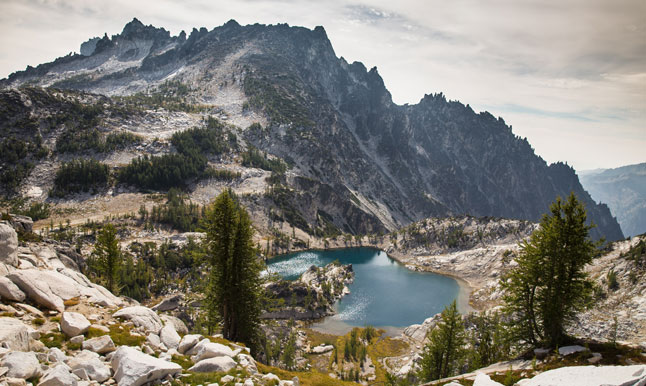
The Wilderness Act created the legal definition of "wilderness" in the United States, and protected 9.1 million acres of federal land. Today, the National Wilderness Preservation System encompasses 109.5 million acres of federally owned land in 44 states and Puerto Rico (5% of land mass in the U.S.).
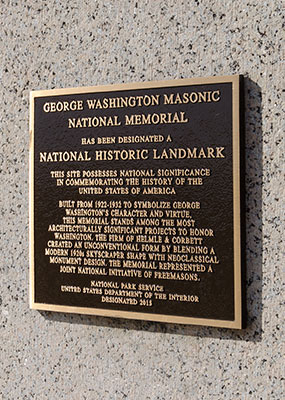
The National Historic Preservation Act requires all historical parks to be entered into the National Register of Historic Places. It created the National Register of Historic Places, the list of National Historic Landmarks, and the State Historic Preservation Offices.

The Wild and Scenic Rivers Act adds sections of rivers to the National Park System, and the National Trails System Act now protects recreational trails like the Appalachian Trail.
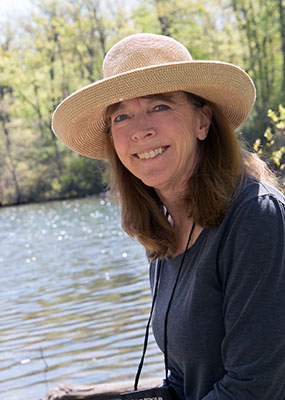
The Volunteers in the Parks Act establishes a program in which volunteers can aid with park service and functions.
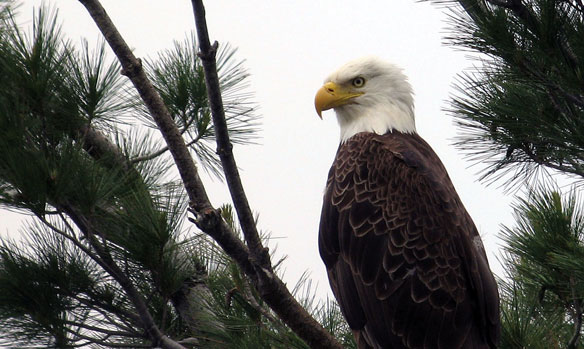
The Endangered Species Act protects the habitats of endangered or threatened species and bolsters the role of science in park management.
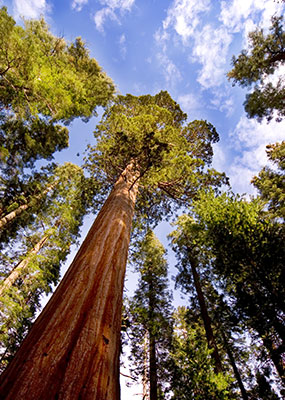
The Redwood National Park Expansion Act protects not only the resources within the park boundaries, but also the surrounding ecosystem.
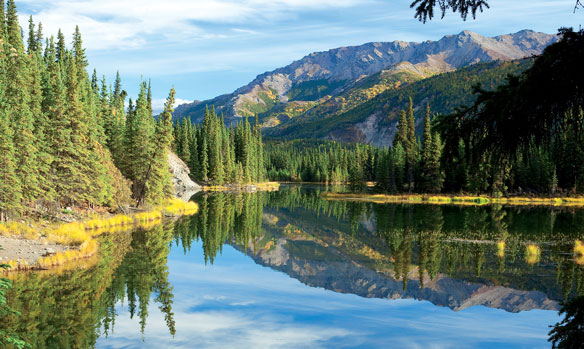
The Alaska National Lands Conservation Act doubles the size of the National Park System by adding 47 million acres in Alaska.
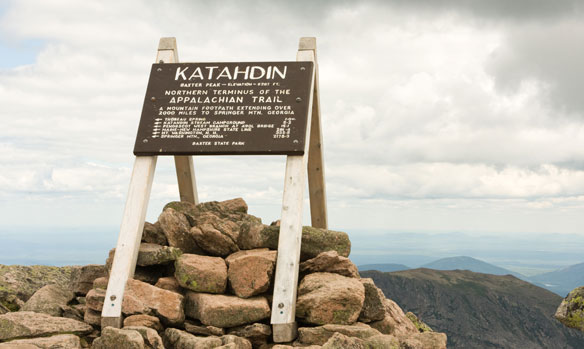
Today, the Park Service oversees 413 sites, including 63 major national parks, covering 84 million acres -- from the Great Smoky Mountains, the most visited, to the Grand Canyon, to the Everglades. The newest addition is the Katahdin Woods and Waters National Monument in Maine, designated by President Obama on August 24th.
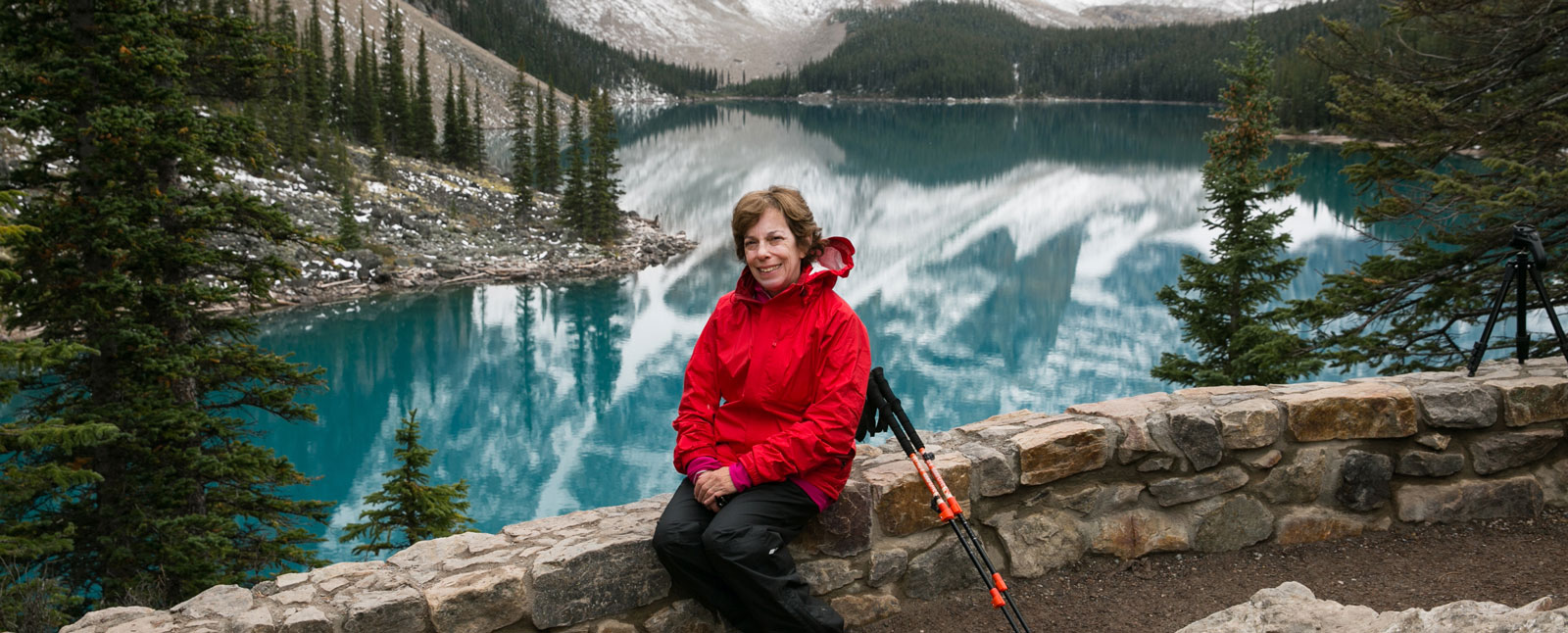
National Park Travel Tips
Blogs about National Parks
Top 10 National Parks You’ve Never Heard of
by Joann Bell, Senior Vice President of Programs
“We all know why travelers flock to the natural wonders of the Grand Canyon, Yellowstone and Zion. But what about those lesser-known gems? Have you ever gazed at the stars in an International Dark Sky Park, explored underwater trails or visited the tiniest national park in America?”
“Venture off-the-beaten path with our top picks for national parks you’ve never heard of.”
Read our blogU.S. National Parks Checklist: A Complete List of All National Parks in the United States
By Alex Morris, Director of Strategy and Program Development
“Acadia, Bryce, Crater Lake and many more – how many national parks have YOU visited? With so many incredible landmarks to learn about scattered across the United States and several territories, it can be difficult to keep track! That’s why we’ve created a handy U.S. National Parks Checklist just for you.”
“Keep a record of your adventures in America’s canyons, forests and mountains with our National Parks Checklist!”
Read our blog

